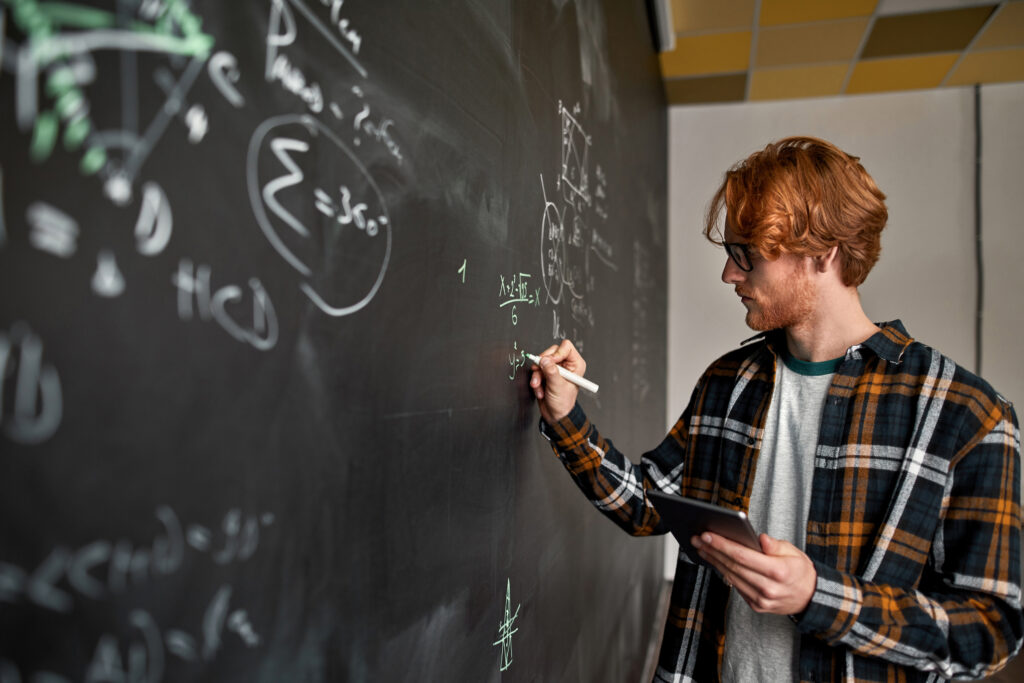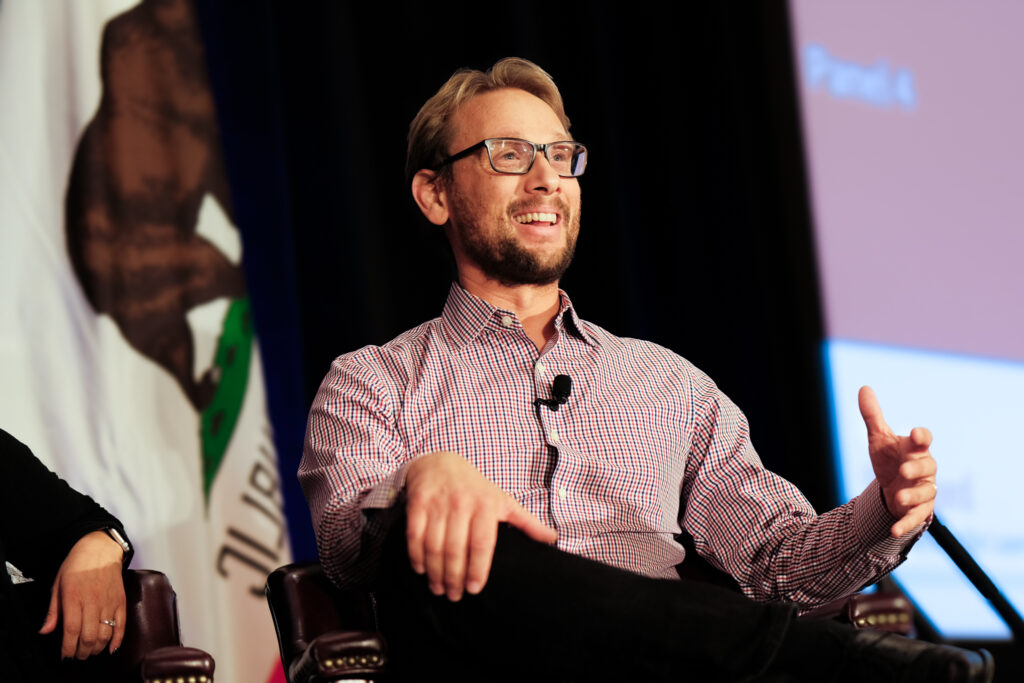Alongside a picture of himself reading to his then-infant daughter, Stanford Professor Jason Yeatman displayed models showing the activity in each of their brains.
Yeatman’s brain circuitry fired up as soon as his eyes looked at the text; his daughter’s cortex only lit up when he started reading to her. “Our brains are not prewired for reading,” Yeatman explained.
But the good news is this: Our brains are wired for learning.
Yeatman and Stanford Professor Jo Boaler base their research in the brain’s plasticity, or ability to change and grow. Yeatman’s lab—the Brain Development & Education Lab—focuses on reading, including for children with dyslexia or other learning disabilities; Boaler’s youcubed platform is designed to make the latest research on learning math accessible to teachers. Both have empirical data to validate their work, as they explained during the neuroscience session of the inaugural Stanford Transforming Learning Accelerator Spring Summit on June 2.
“The development of white matter connections [in the brain]… is critical for reading development,” Yeatman said during his presentation.
In a study of 34 children with dyslexia, after intensive reading instruction over the course of a summer, the participants’ white matter tissue became denser and their reading skills improved in some cases by up to three grade levels.
Yeatman and his team hope to eventually use MRI scans to predict a child’s learning needs and prescribe the optimal intervention.
Read more from the Summit:
Inaugural Transforming Learning Accelerator Spring Summit highlights innovative research into how people learn
Using technology to improve human performance and relationships
Stanford scholars put data to work for all learners
“Can we engineer new MRI methods to monitor brain plasticity and learning?” he asked. “This is something we’re thinking about day to day.”
Boaler’s work demonstrates the benefits of new ways of thinking about math. Noting the commonly held misconception that children are either naturally good or bad at math, she said her program’s main goal is to convey the message that “all students can change their brains.”
What’s required, however, is a new approach that moves beyond viewing math as “fixed” or all about numbers and questions with just one answer.
For example, instead of asking a child what the area of an eight by three rectangle is, a teacher might ask the child to think of the kinds of rectangles that have an area of 24.
“Now they’re having to think about the relationship between length and width,” Boaler said. “We can really do this with all mathematics.”
Fingers turn out to be especially important. Boaler and her team have developed robotic devices that help children interact with math through their fingers. At one of her summer camps, middle school students improved their math skills by the equivalent of almost three school years.
“We’ve done a great disservice in mathematics by making it all about numbers,” she explained.


